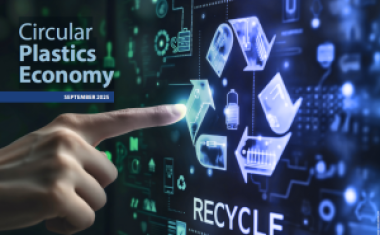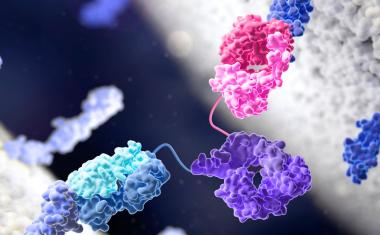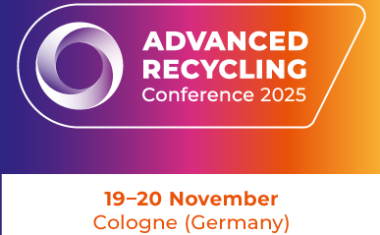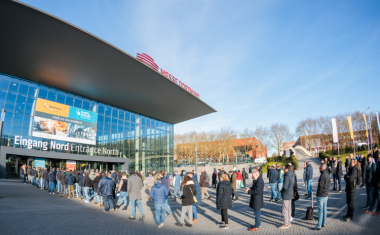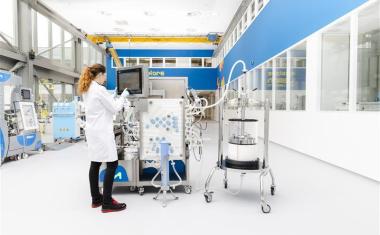Sibur and Gazprom Take Control of Poliom
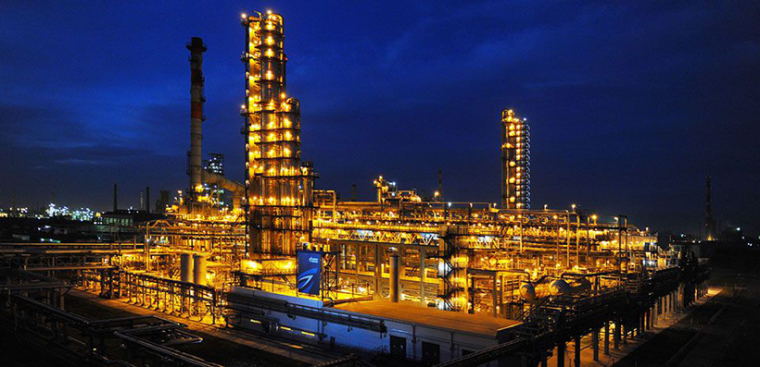
Russian giants Sibur and Gazprom have signed a contract to buy out partner Titan Group’s 50% stake in their Poliom PP joint venture. Financial terms were not revealed.
Launched in 2013, Poliom operates one of Russia’s largest PP plants in Omsk with a capacity of 218,000 t/y. In 2014, Poliom became a jv between Sibur (25%), Gazprom Neft (25%) and Titan. Gazprom Neft supplies Poliom with propane and propylene feedstocks from its refinery in Omsk while Sibur distributes the PP end-products in Russia and the CIS.
Poliom will now be owned by Sibgazpolimer, another jv between Sibur and Gazprom Neft. Sibgazpolimer will be the sole stakeholder in Poliom, but the plant will be operated jointly by Sibur and Gazprom Neft.
“Increasing the stake in Poliom is an important milestone in Gazprom Neft’s long-term strategy focused, among other things, on developing the petrochemical production,” said Levan Kadagidze, head of Gazprom Neft’s commercial directorate. “By integrating oil refining and petrochemical assets into our business, we will be able to use the feedstock from our refineries more efficiently to make high value-added products, while also boosting our competitive edge both domestically and internationally through stronger technology ties with Sibur.
Sergey Komyshan, Sibur’s managing board member and executive director, added that the company will focus on developing Poliom and expanding the plant’s range of polymers to meet growing demand.

